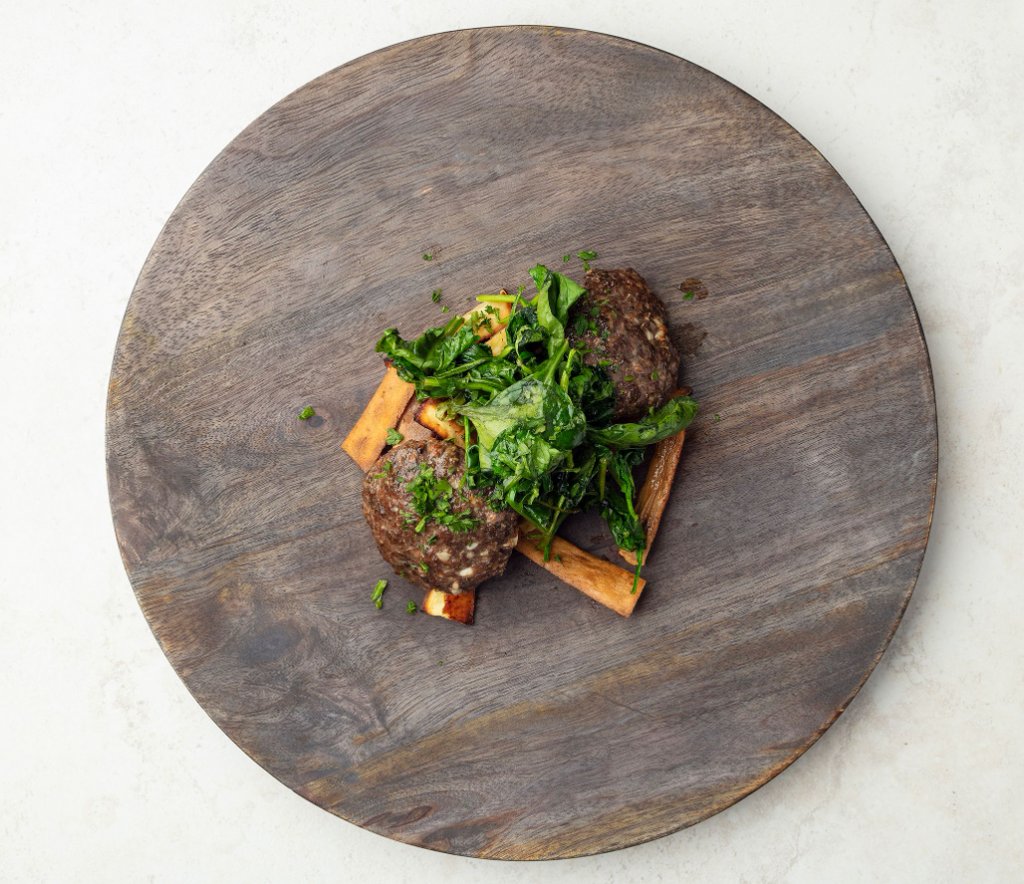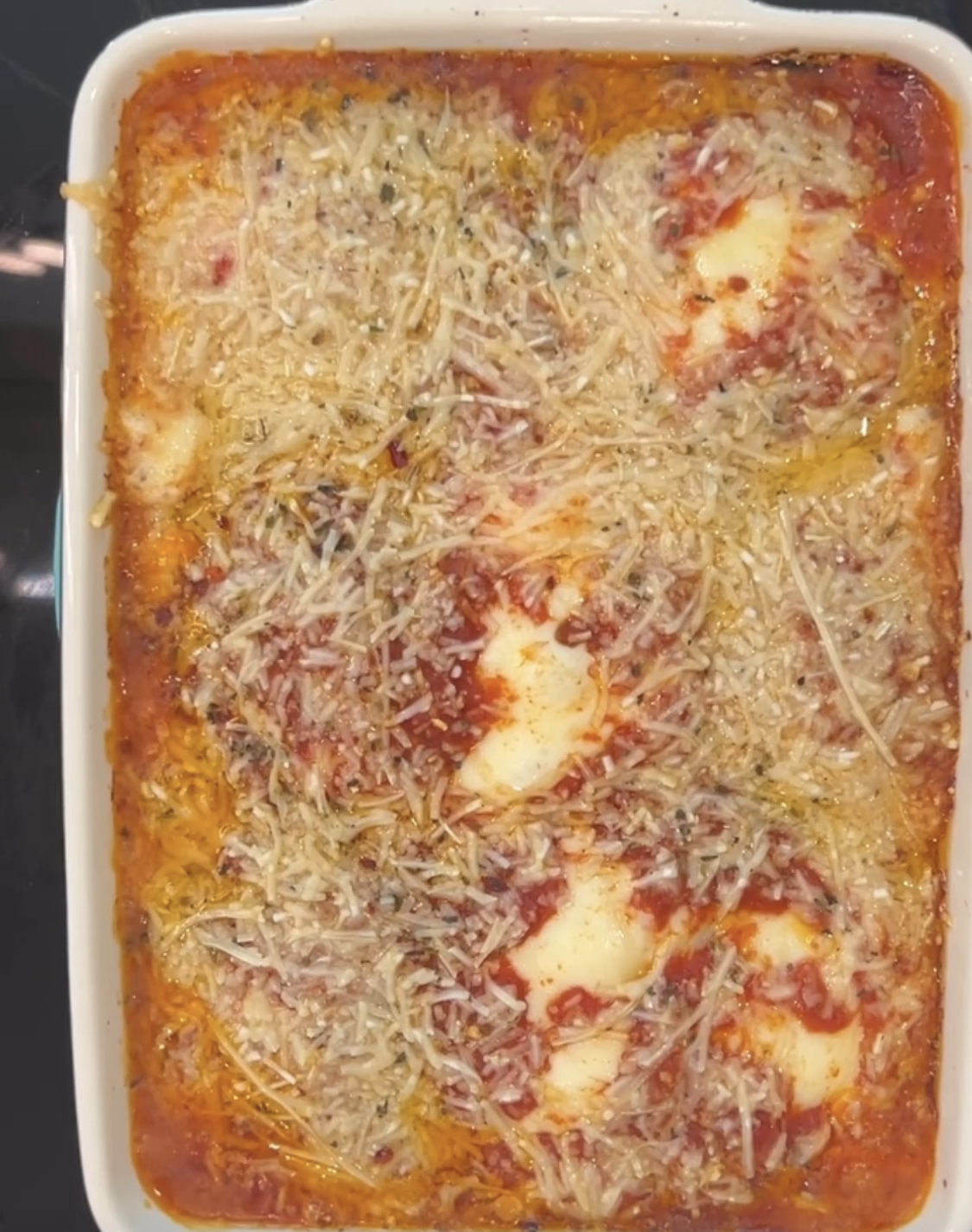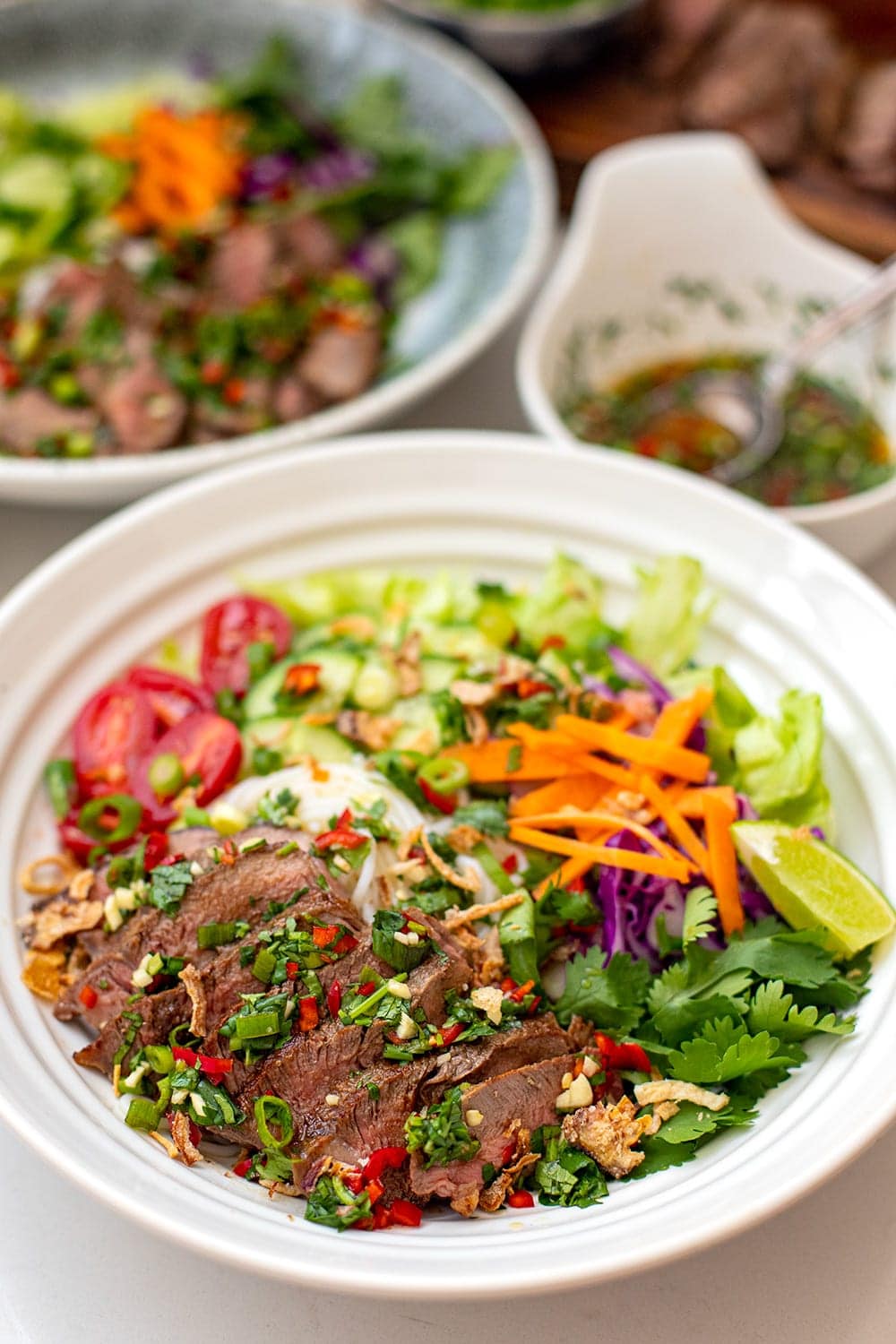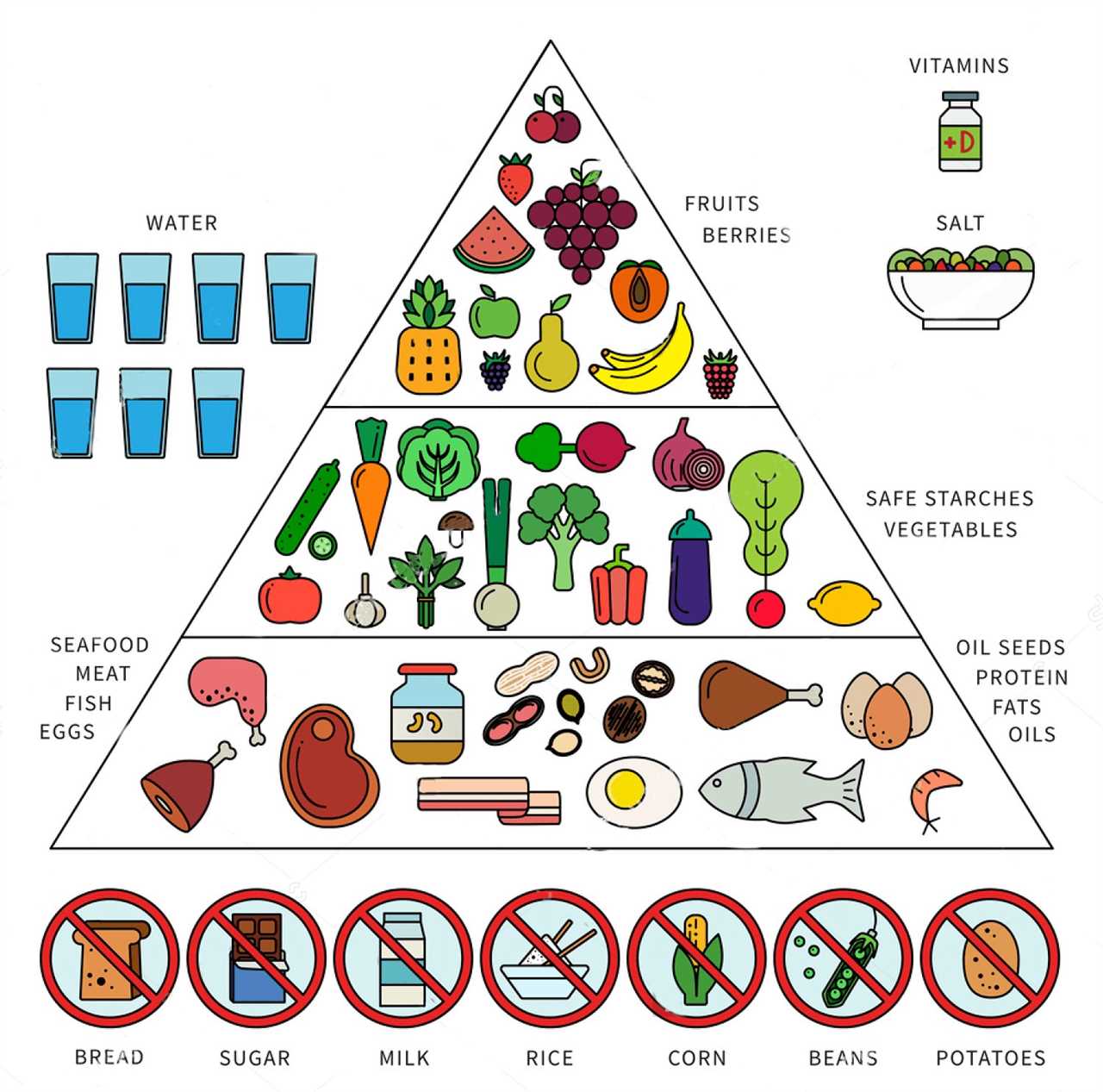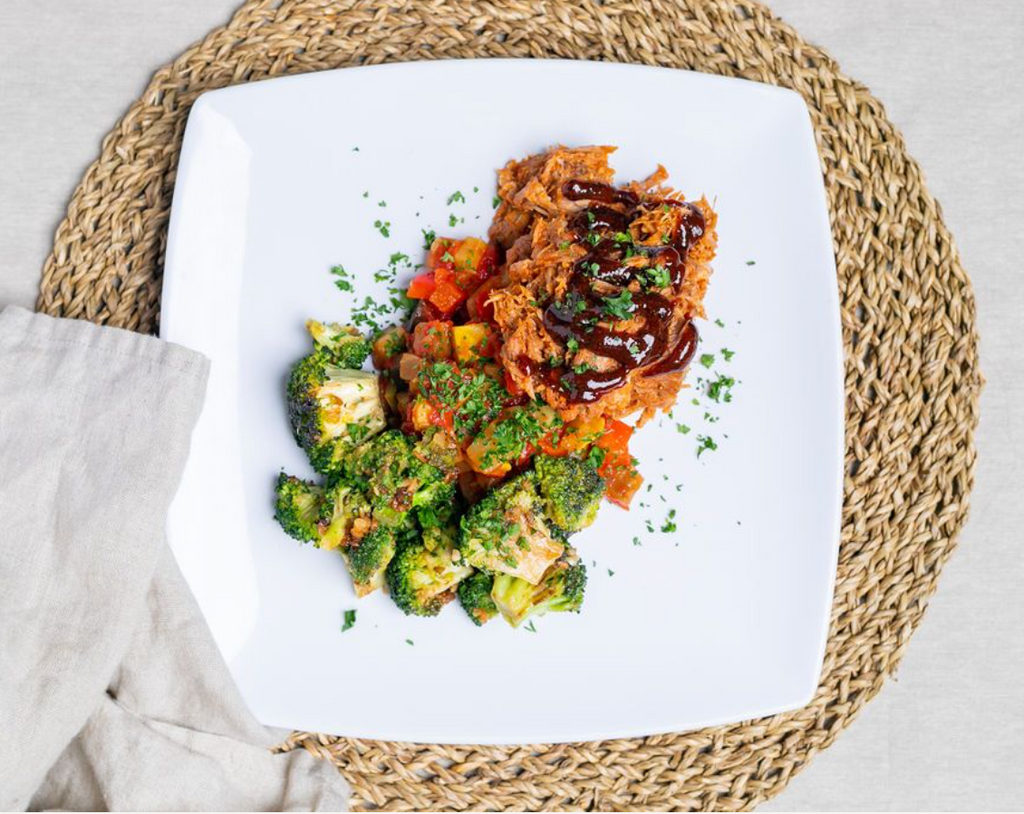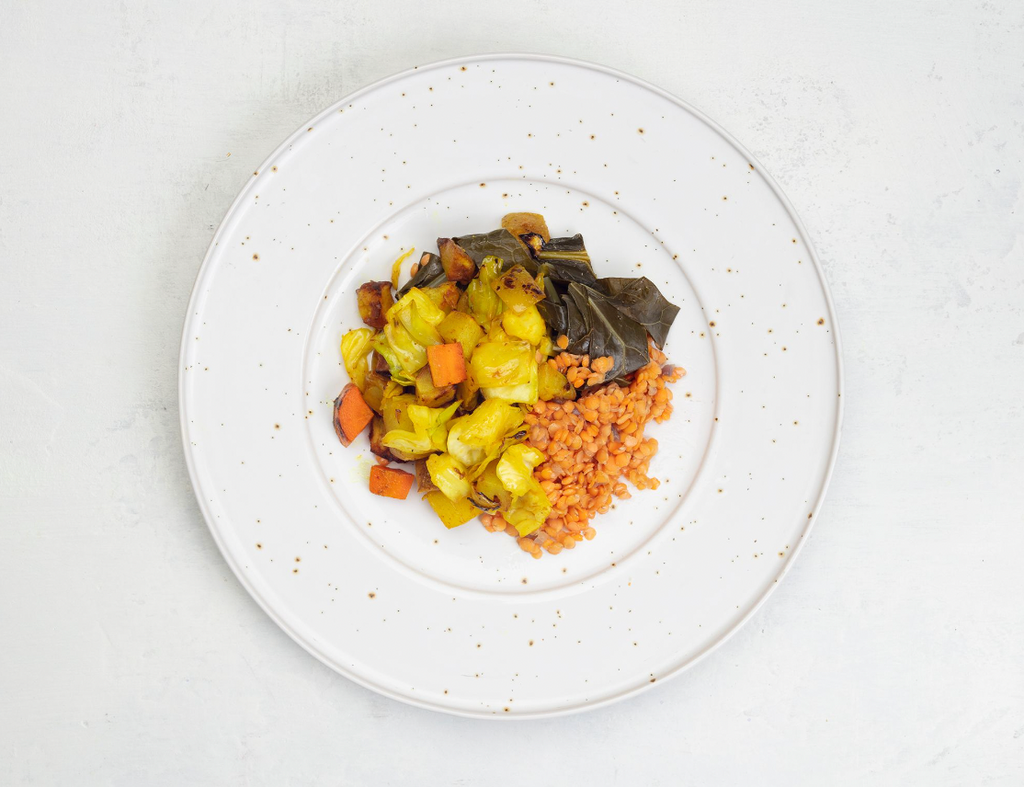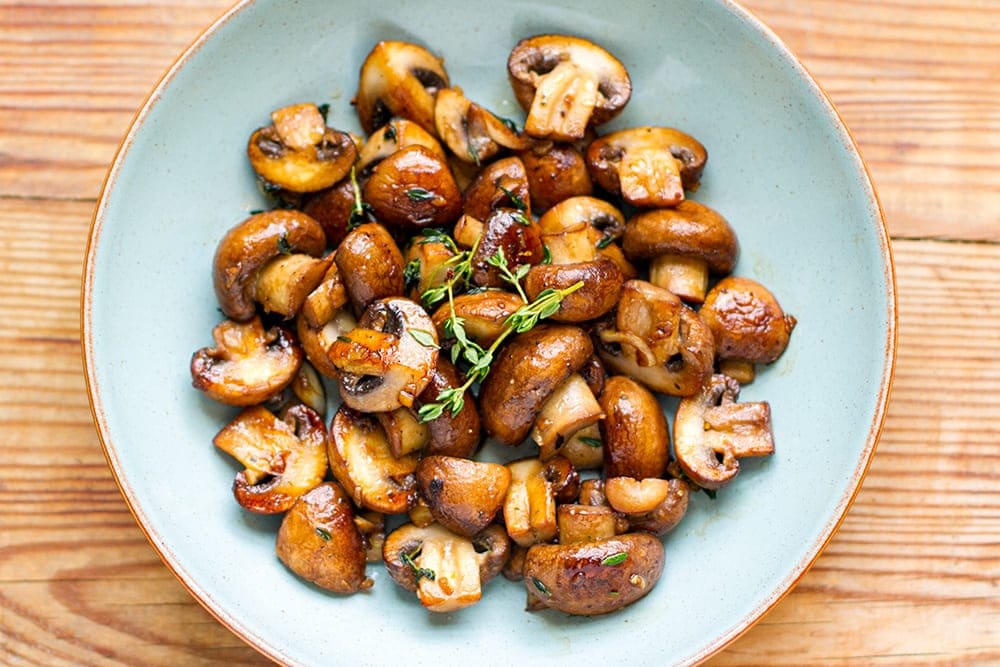 |
When summer ends, it’s time for fall produce to shine! The autumn season has many delicious seasonal vegetables and fruits, all at their tastiest and peak ripeness. The beginning of fall is the time to start making apple dishes, pumpkin soup and a medley of squash creations.Whether you prefer to hit up the locally grown section of your neighborhood supermarket, support your local farmer through a CSA program or u-pick options or visit your nearest farmer’s market for a weekly stock-up, there options are particularly abundant at this time of the yearTo discover the best of what fall has to offer in your area, our produce map will give you greater insight to keep track of what is available and in season near you. When eating locally and seasonally, be diverse and possibly try something new. Your palate may thank you.For ideas, recipes and inspiration, Chef Pete Servold's book is loaded with seasonal recipes and offers a comprehensive guide to cooking and eating with the seasons. Grab your copy here>Read on here for more on choosing local produceFall FavoritesApplesNothing says fall like a crisp, sweet-tart apple. There are over 7,500 kinds of apples grown around the world. Particular varieties work better in certain preparations. Gala, Granny Smith, and Red Delicious are best eaten raw; those in the McIntosh family, (Cortland, Empire, and Macoun), are good for both eating out of hand or making applesauce; and Jonathan, Jonagold, Pink Lady, Mutsu, and Rome do well in baked recipes as they tend to hold their shape well. Mix and match flavors and textures to achieve your ideal combination.Cut apples will oxidize quickly; a squeeze of lemon over sliced apples will prevent browning.ArugulaThis spicy green flourishes in cooler weather and is plentiful in the fall. You can even try growing it yourself because it matures quickly, typically in less than a month. Choose bright green, dry arugula with no sliminess. Store it loosely packed in a perforated plastic bag for up to a week.You can use arugula alone in salads with other mixed greens. It can also be stirred through or used to top any of your favorite stews and sauces.BeetsBeets are earthy and sweet and can be found in red, pink, orange, yellow, and white varieties. Both the root and leaves are edible, making it a versatile ingredient in dishes both raw and cooked. Roasted beets are delicious, simply rinse each bulb, wrap individually in aluminum foil, and roast in a hot oven for an hour. The leaves are delicious sautéed or in salads.When cooking, leave the skin on; it prevents the juices from bleeding out, and will slip right off after cooking. When working with beets you may want to wear gloves, as the color will stain your hands. Brussel’s SproutsThese tender, mild-flavored members of the cabbage family are a relatively recent import which were introduced into the U.S. from Europe in the early 1900s. Although Brussel’s sprouts are tender and sweet when roasted, fried, or steamed, they release their infamous sulfur aroma when overcooked. Brussel’s sprouts are delicious halved, par-boiled, and finished in a sauté pan with bacon; or shredded raw along with kale and tossed in a simple lemon vinaigrette.If you can find them, choose Brussel’s sprouts that are still on the stalk, as they stay fresh longer. Look for small sprouts, about an inch in diameter, as these are sweeter and more tender. Avoid those with yellow or damaged outer leaves.If cooking whole, slice an X into the bottom of each to help them cook more evenly.Pete’s Paleo Bacon is always in season makes everything better – get yours here >CarrotsCarrots can be found in a rainbow of colors, from traditional orange to white, yellow to purple, as well as squat, irregular shapes. Enjoy them grated raw with honey and spices for a punchy salad, roasted with orange zest and olive oil, and simmered in soups and stews. Carrot tops are edible and have a flavor similar to curly parsley; use them to garnish carrot dishes, toss into salads, or throw into soup stock to add earthy flavor.Peeling is optional and only necessary with older, thick carrots. To prepare the tops, rinse in cold water and spin or pat dry.Celery RootCelery root, or celeriac, is a knobby, pitted root vegetable related to common celery. Though not particularly beautiful, it is fantastically versatile. Its herbal flavor and crunchy texture shines when added raw to salads. When cooked, it accentuates other vegetables for complex, hearty soups and purées. Celery root is a delicious accompaniment to roasted or braised meats.Stalks can be used in broths and stocks and the leaves can be sliced thinly and used for garnish, like other fresh herbs.CranberriesThese jewels are at their peak in fall when they’re harvested from bogs. Choose hard berries with no visible brown spots. Store cranberries in perforated plastic bags in the fridge for 1-2 months, or freeze for up to a year.Cranberries work well in sauces, baked goods, or as a side to pork and poultry dishesFall is an exciting time to get back into the kitchen and spend some time taking advantage of the bounty of produce - making long-simmered stews and sauces, braising, baking, and other forms of cooking. To enjoy seasonal favorites delivered directly to your door, no hopping, prepping or cooking required, check out our Fall menu options here >ParsnipsWhile similar in taste to the carrot, the parsnip is far sweeter, especially when roasted. Parsnips were often used as a sweetener before the arrival of sugar cane in Europe. They were also considered an aphrodisiac.The most flavorful parsnips are usually small to medium in size and are ideally best stored in a root cellar. If one is unavailable, wrap parsnips, unwashed, in a plastic bag and leave them in the fridge for up to two weeks.Parsnips are perfect for flavoring winter stews, but can also be served mashed, glazed, puréed, or roasted in herbs, such as rosemary or sage. Wash before peeling, remove the ends, and slice according to whichever recipe you’re using.PearsPears are one of the few fruits that improve off the tree; pick them while still hard and allow them to ripen on the counter for a sweet, succulent addition to all sorts of fall dishes. Certain varieties of pears are high the list of favorites: Bartlett, is delicious in salads or eaten out of hand; Anjous, both red and green, have luscious white flesh that sweetens off the tree; Bosc holds up beautifully when poached in red wine; Seckel, also known as the Sugar Pear, is spicy and aromatic—a wonderful choice for a salty, crispy salad; Comice pears are succulent with a custardy texture, perfect for a simple dessert.Leave your pears on the counter for a few days to ripen at room temperature. Bartlett pears will turn yellow when ripe, while a slight softness on the stem end of other pears indicates readiness. Pears can be refrigerated to slow the ripening process.Like apples, the exposed flesh of pears will quickly oxidize and turn brown; lemon juice can help prevent browning.ShallotsShallot season is summer and fall, and fresh shallots can often be available into early winter. Shallots are part of the onion family just like leeks and garlic. They tend to have a lighter, less intense flavor than onions and are a tinge sweeter, which makes them great in sauces and salads, and for almost all recipes calling for onions.They can be stored in a cool, dark place for 1-2 months.Use shallots in anywhere as a mild, sweet substitute for onionsSweet PotatoThe sweet potato is a starchy root vegetable which is not related to the potato nor the yam (although the 2 are often confused). These tubers can vary widely in texture, color, and sugar content, from creamy to fluffy, deep orange to nearly white, with flavor profiles that bring to mind pumpkin, vanilla, and sometimes toasted nuts. Sweet potatoes are naturally sweet, making them an obvious choice for desserts, but they are equally good in savory dishes. Try them simply roasted with some great olive oil and salt, puréed, added to a soup, or baked into a gratin.Store whole sweet potatoes in a cool, dark place for up to a week. Cold temperatures will negatively affect their flavor and cause them to toughen so avoid refrigeration.Winter SquashWinter squash encompasses a wide variety of hard-skinned squashes that are best from early fall through winter. Their flesh is usually yellow to deep-orange, with a starchy consistency that turns creamy and sweet when cooked. Each variety has a unique flavor and can be used in different preparations: Acorn squash has a tender golden interior that makes a sweet, creamy purée; Butternut squash's sweet, easy-to-peel flesh works well roasted, pureed and in soups; Delicata squash has a thin, edible skin and is wonderful sliced and sautéed in a little olive oil, bacon fat or tallow; Spaghetti squash has a light flavor and texture that works perfectly as a grain free pasta alternative.Whole winter squash can be stored in a cool, dark place for several weeks. Cut, raw squash will keep, refrigerated, for a few days.To remove the skin, cut the bottom of the squash so it is level, then remove the outer layer from top to bottom with a sharp knife. Slice in half, scoop out the seeds, and cut into slices or cubes for cooking.Whatever you choose, take full advantage of all that is available this time of the year and enjoy your fall bounty!!! |






















